Bayard Rustin – The Man Behind the March
When people recall the 1963 March on Washington, most think of Dr. Martin Luther King Jr.’s iconic “I Have a Dream” speech. But behind the scenes, one man orchestrated the entire event with quiet brilliance: Bayard Rustin. Often overlooked in history books, Rustin was the architect of nonviolent protest, a key advisor to civil rights leaders, and a lifelong advocate for peace, equality, and justice.
Early Life of Bayard Rustin
Born on March 17, 1912, in West Chester, Pennsylvania, Bayard Rustin was raised by his grandparents, who were Quakers. His upbringing was steeped in the values of nonviolence, pacifism, and equality, which would define his life’s work. He was also openly gay in a time when homosexuality was criminalized and deeply stigmatized—something that would later cost him recognition, despite his monumental contributions.
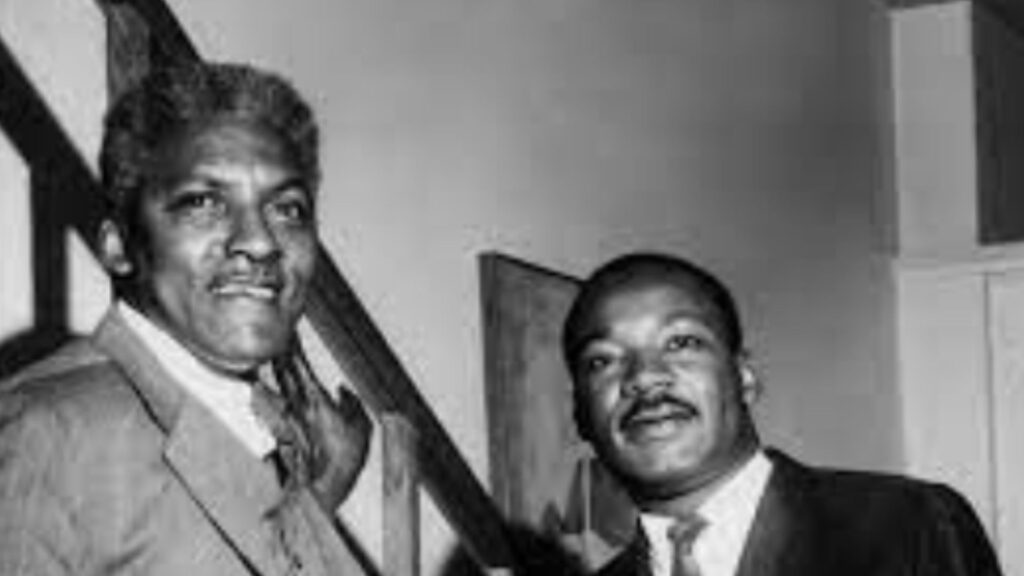
Activism in the 1940s and 1950s
Rustin’s activism began early. In the 1940s, he worked with A. Philip Randolph, a prominent Black labor leader, and joined the Fellowship of Reconciliation, promoting nonviolent resistance. He studied the teachings of Mahatma Gandhi and brought those principles to the American civil rights movement.
In 1947, Rustin helped organize the Journey of Reconciliation, a precursor to the Freedom Rides, testing Supreme Court decisions banning segregation in interstate travel. He was arrested and imprisoned multiple times for his activism and pacifism.
Bayard Rustin and the March on Washington
Perhaps Rustin’s most significant contribution came in 1963 when he was chosen to organize the March on Washington for Jobs and Freedom. Under Rustin’s leadership, the event brought over 250,000 people to the National Mall in a powerful demonstration of solidarity and demand for civil rights.
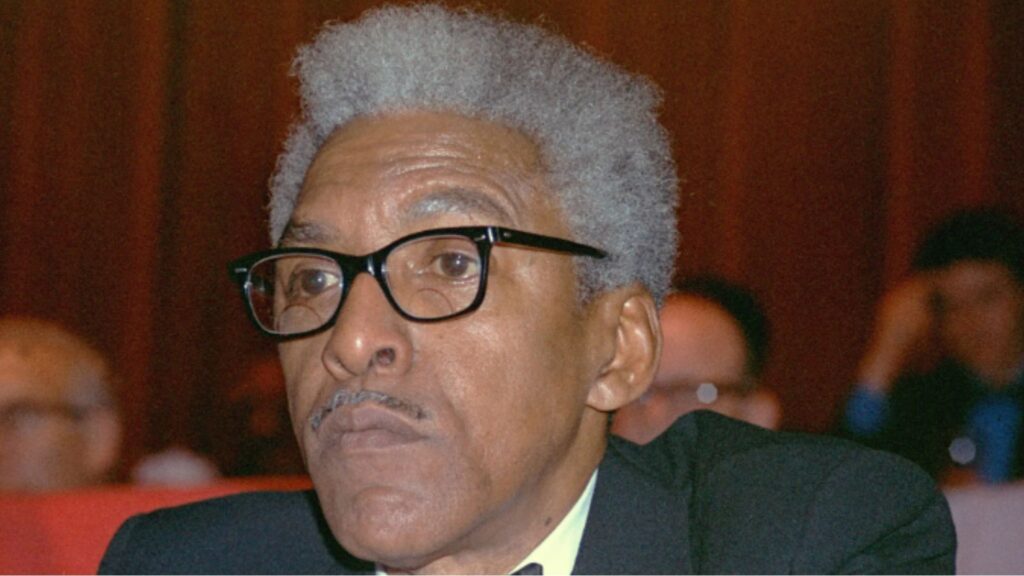
Despite opposition from within the civil rights movement—some feared his sexuality and former ties to socialist groups would harm the cause—Dr. King and Randolph stood by him, recognizing his strategic genius. The march was a resounding success and remains a watershed moment in American history.
A Champion for LGBTQ+ Rights and Global Justice
After the civil rights movement’s peak, Rustin expanded his focus. He became a vocal supporter of LGBTQ+ rights, long before the modern gay rights movement took form. He also advocated for economic justice, global human rights, and the freedom of oppressed people worldwide, from South Africa to Southeast Asia.
ALSO READ Sybil Ludington – The Teen Paul Revere of the American Revolution
Legacy and Recognition
Bayard Rustin died on August 24, 1987, but his legacy continues to inspire new generations of activists. In 2013, President Barack Obama posthumously awarded him the Presidential Medal of Freedom, finally giving Rustin national recognition.
Despite decades of marginalization, Rustin’s role in shaping American history cannot be overstated. He taught us that true leadership often happens behind the scenes, and that courage, conviction, and love for humanity can overcome even the greatest obstacles.
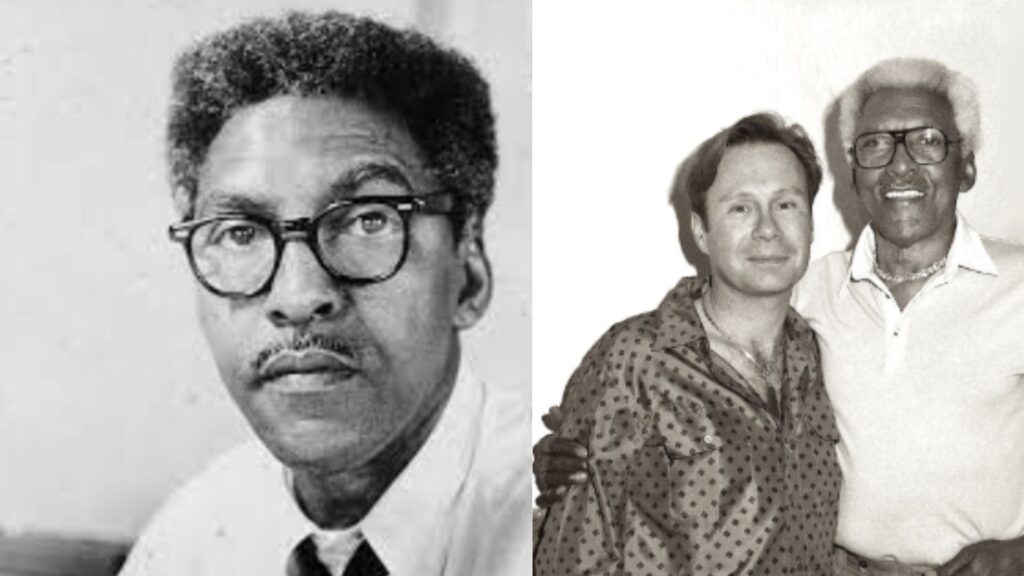
Why Bayard Rustin Still Matters Today
As we confront racial injustice, economic inequality, and threats to LGBTQ+ rights today, Bayard Rustin’s life offers a powerful blueprint for action. His story teaches us that real change is possible—through strategy, unity, and nonviolence.
Let us not forget the man behind the march—a visionary who believed that peace and justice are for everyone, no matter the cost.

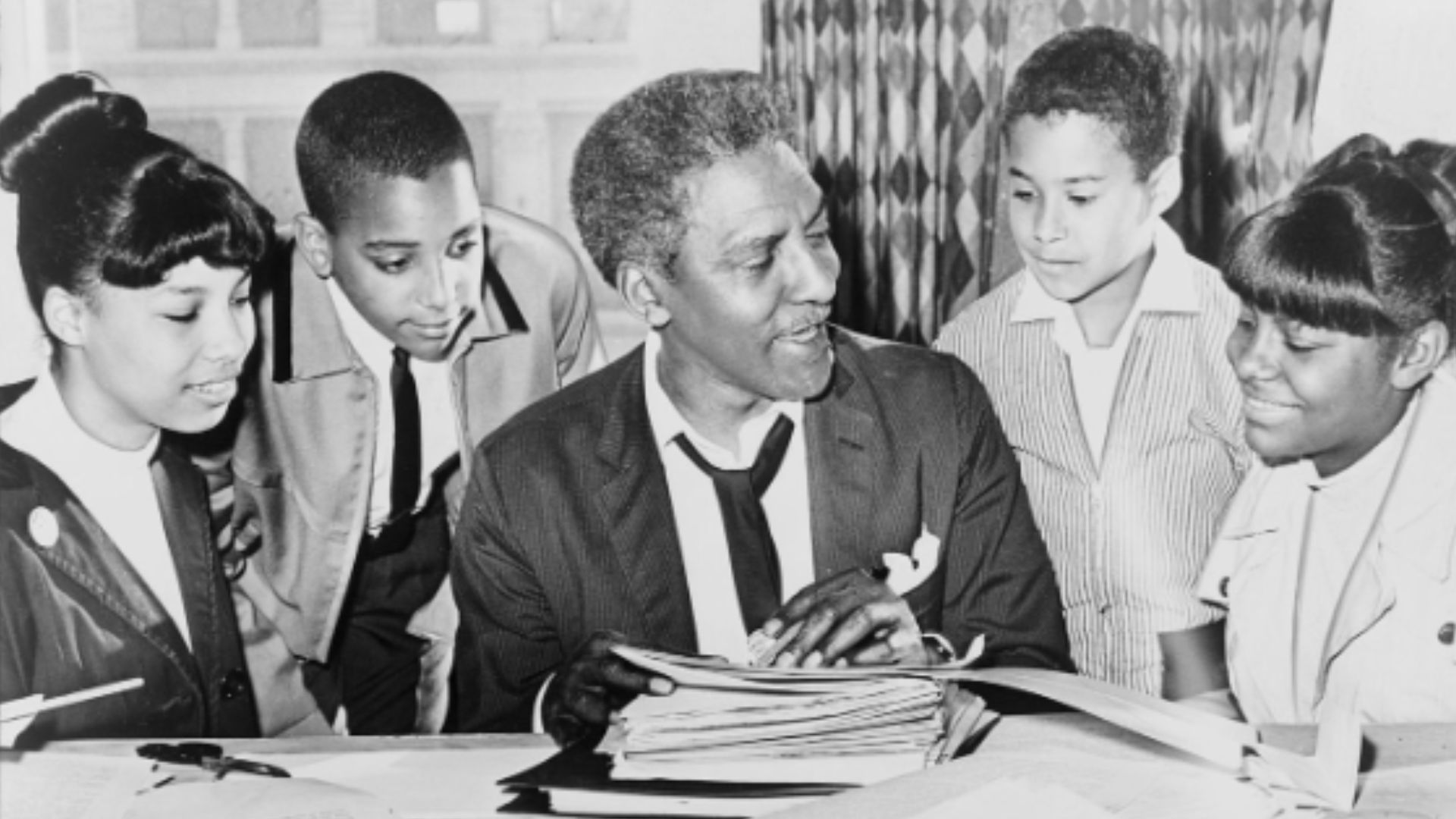
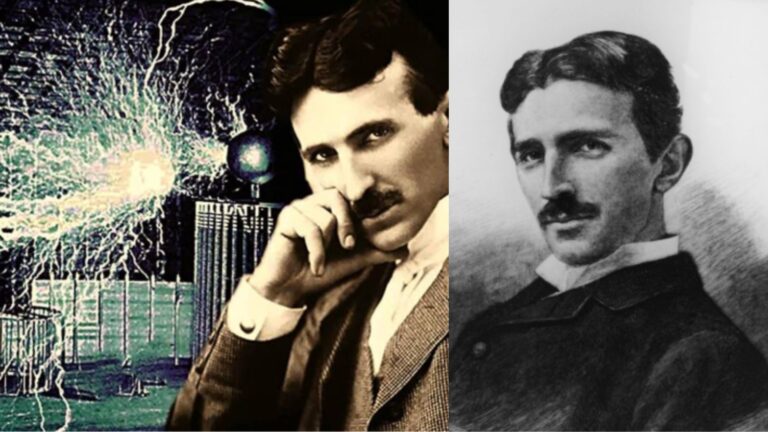

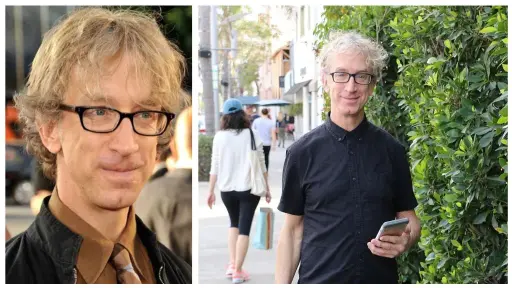

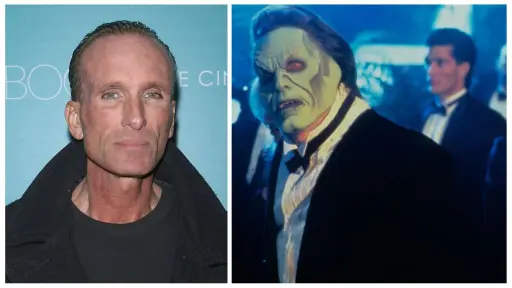

One Comment